What are Analog Cameras
Analog cameras are fundamental components in traditional surveillance systems. They capture video footage in an analog format, which is transmitted over coaxial cables to a Digital Video Recorder (DVR), where it is converted into a digital format for storage, viewing, and management. Analog cameras are designed for a variety of users, from homeowners looking to secure their property to businesses needing to monitor their operations or secure their assets.
The working principle of an analog camera is rooted in capturing light through a lens and then converting it into an electrical signal. This signal represents the visual information, which is then sent to the DVR. The DVR processes this analog signal, turning it into digital data that can be viewed on monitors or stored on hard drives. Analog cameras are known for their simplicity and reliability, as they have been used for decades in security systems.
These cameras offer a cost-effective solution for continuous monitoring of areas without the need for complex network infrastructure. However, they typically offer lower resolution images compared to their digital counterparts and have limitations when it comes to scaling the system. Despite these limitations, analog cameras remain popular due to their ease of installation and operation, making them suitable for a wide range of environments and applications.
Types of Analog Cameras
Analog cameras come in various styles and functionalities to cater to different surveillance needs. Here are some types you might encounter:
Bullet Cameras: These are cylindrical cameras often used outdoors due to their long-range viewing capabilities and resistance to harsh weather conditions. They are commonly mounted on walls or ceilings and positioned to monitor specific areas such as parking lots or backyards.
Dome Cameras: Recognizable by their dome-shaped housing, these cameras are typically used indoors and offer a discreet surveillance option. The dome casing also protects the camera from vandalism, making it suitable for areas where tampering might be a concern.
PTZ Cameras: Pan-Tilt-Zoom (PTZ) cameras offer the ability to remotely control the camera's movement and focus. This type of camera is versatile and can be used in scenarios where active monitoring is required, such as following the movements of individuals or vehicles.
Box Cameras: These traditional camera types provide high-quality images and can be customized with different lenses for various monitoring scenarios. Box cameras are often used in commercial settings where changing the field of view or focus is necessary.
Hidden Cameras: Sometimes referred to as spy cameras, these are designed to blend into their surroundings and go unnoticed. They are used in sensitive areas where overt surveillance may not be appropriate or could potentially alter behavior.
How to Choose Analog Cameras
When selecting an analog camera for your business needs, consider several factors that will determine the best fit for your specific application:
Environment: Determine whether the camera will be used indoors or outdoors as this influences the type of camera you choose. For outdoor use, look for features like weatherproofing and night vision capabilities; indoor cameras may require less robust features but might prioritize aesthetics.
Area of Coverage: Assess the area that needs to be monitored. PTZ cameras may be ideal for large areas requiring active monitoring, while fixed bullet or dome cameras might suffice for smaller, specific zones.
Resolution: While analog cameras generally offer lower resolutions than digital ones, they still come in varied resolutions. Higher resolution cameras provide clearer images, which could be critical depending on your security requirements.
Lighting Conditions: The lighting environment can greatly impact camera performance. If the area has low-light conditions, consider cameras with enhanced night vision or infrared capabilities.
Additional Features: Cameras with motion detection can conserve storage space by only recording when activity is detected. Features like vandal-proof casings may be necessary in areas prone to tampering or vandalism.
Best Analog Cameras on Alibaba.com
Alibaba.com provides access to a diverse array of wholesale analog cameras suited for business use across various industries. By connecting buyers with suppliers globally, Alibaba.com offers a convenient platform where businesses can find tailored surveillance solutions that align with their specific requirements. Without having to worry about retail markups, businesses can benefit from competitive pricing on bulk purchases.
The platform's commitment to facilitating trade across borders means that even specialized camera features such as thermal imaging or face recognition technology are within reach for businesses looking to enhance their security systems. With Trade Assurance services ensuring secured payments until delivery completion, Alibaba.com emphasizes reliability and trust in B2B transactions.
Alibaba.com's extensive network of verified suppliers allows businesses not just to source quality analog cameras but also explore customization options such as OEM services if needed. Whether you're looking for robust outdoor cameras with night vision capabilities or compact indoor models for discrete monitoring, Alibaba.com stands as a marketplace that caters to all your business's surveillance needs without compromising on quality or service standards.
Common FAQs for Analog Cameras
What is the main difference between analog and digital cameras?
Analog cameras transmit video in an analog format, which is converted to digital by a DVR, while digital cameras (IP cameras) capture and transmit video digitally using a network.
How does the resolution of analog cameras compare to digital cameras?
Generally, analog cameras offer lower resolutions compared to digital cameras, which means they may provide less detailed images.
Can analog cameras work in low-light conditions?
Yes, many analog cameras come with night vision or infrared capabilities to provide surveillance in low-light conditions.
Are there wireless options for analog cameras?
Analog cameras primarily use coaxial cables for transmission; however, there are hybrid models that can support wireless connectivity.
What type of lens options are available for analog cameras?
Analog cameras can be equipped with various lenses for different viewing angles and zoom capabilities, including fixed, varifocal, and motorized zoom lenses.
How do PTZ analog cameras differ from other types?
PTZ analog cameras have motors that allow them to pan, tilt, and zoom remotely, offering dynamic surveillance of large areas.
Can I integrate new analog cameras with an existing surveillance system?
Yes, analog cameras can usually be integrated with existing systems as long as they are compatible with the DVR and cabling.
What should I consider when installing outdoor analog cameras?
When installing outdoor analog cameras, consider weatherproofing, temperature ranges, and whether the camera has sufficient night vision capabilities.
Are there vandal-proof analog cameras available?
Yes, dome analog cameras often come with vandal-proof housings to protect them from tampering or damage.
Can analog camera footage be accessed remotely?
Yes, when connected to a DVR with network capabilities, users can access analog camera footage remotely via smartphones or computers.
What customization options are available for bulk purchases of analog cameras?
Customization options such as OEM services or customized logos may be available from suppliers when purchasing in bulk.
How does motion detection work in analog cameras?
Motion detection in analog cameras works by sensing changes in the visual field and triggering recording or an alarm when movement is detected.
What storage options are available for footage from analog cameras?
Footage can be stored on DVRs with hard drives or external storage devices such as SD cards or cloud services if supported by the DVR.
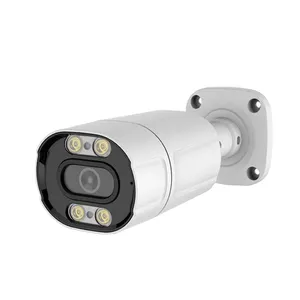


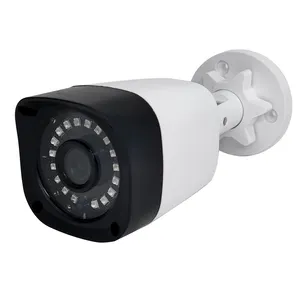
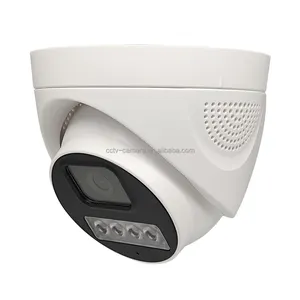






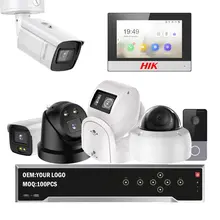
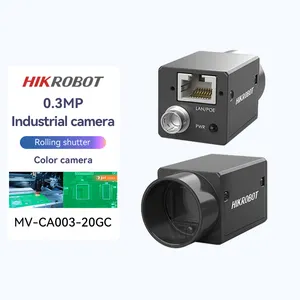





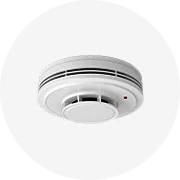
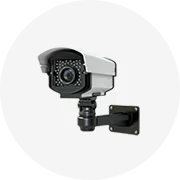
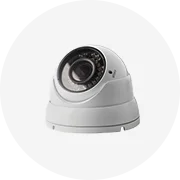

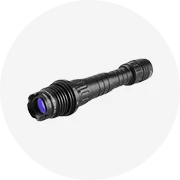










 浙公网安备 33010002000092号
浙公网安备 33010002000092号 浙B2-20120091-4
浙B2-20120091-4